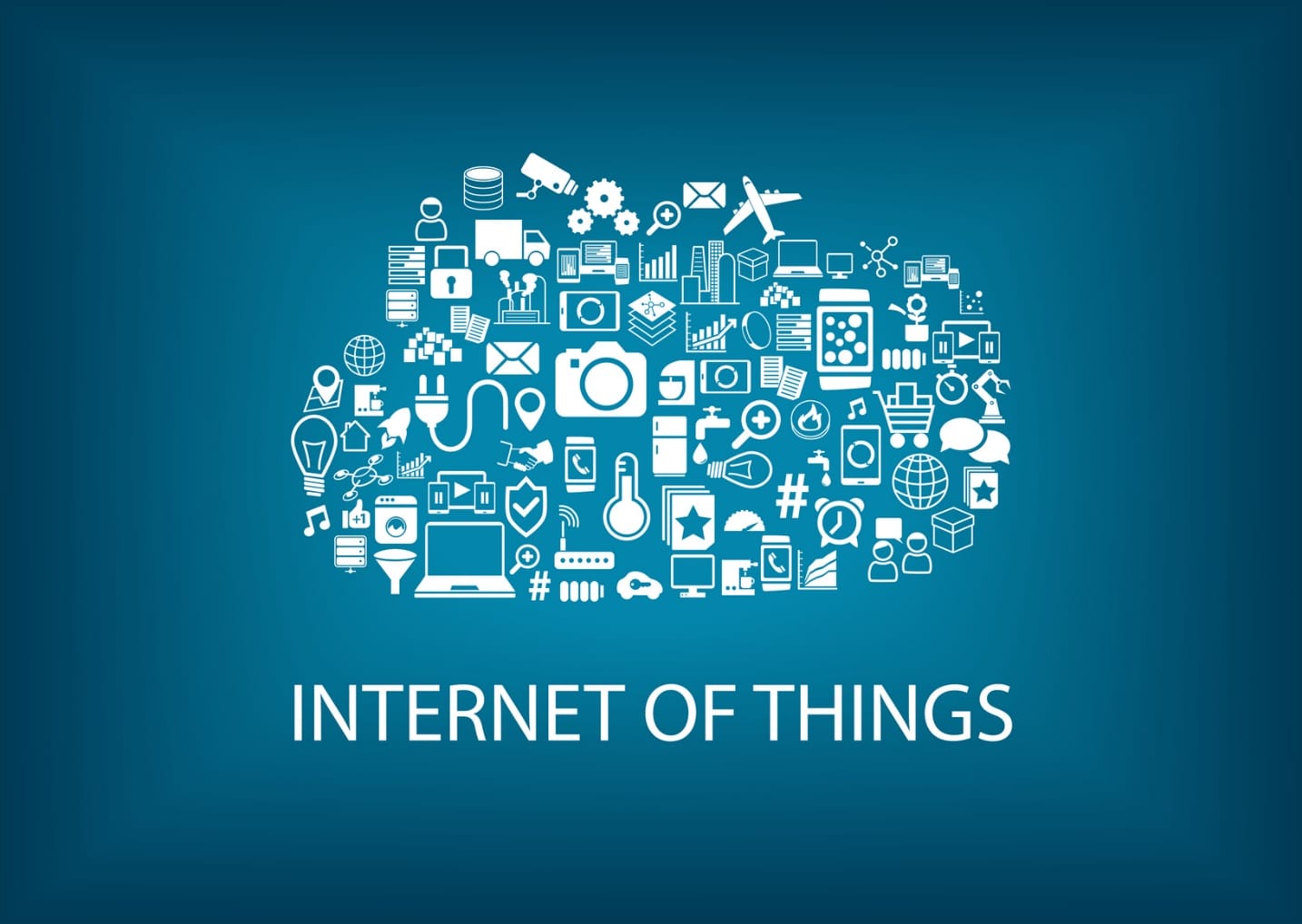The Internet of Things (IoT) has become one of the fastest-growing technologies in the twenty-first century, given its rapid growth over the past couple of years.
IoT stands for the network of physical objects embedded with software and sensors for connecting and exchanging information with other systems and devices on the Internet. It provides unobstructed communication between objects, processes, and people.
This communication is made possible through IoT gateways and sensors, which collect data and use it for improvements. Nowadays, there are numerous distributors of IoT products.
Have a look at the following information about IoT gateways and sensors.
Gateways
Internet of Things gateways are communication solutions, enabling device-to-device or device-to-cloud communications. These are either physical devices or virtual platforms designed to connect smart devices, modules, and sensors to the cloud. Gateways acquire the role of wireless access portals to provide IoT units with internet access. Find out more about the history, applications, trends, and characteristics of the Internet of Things.
The best way to understand them is by comparing them to your home router, as they make communication between devices easier. They actually connect data sources with their destinations and perform many tasks, ranging from data filtration to complex analytics.
IoT gateways gather piles of data from the connected sensors and devices in a particular Internet of Things ecosystem. They pre-process the collected data prior to transferring it to cloud platforms where it’s transformed into intelligence. These gateways not only send data to the cloud but also receive information from it and send it back to the devices.
The pre-processing task minimizes the data volume, which is about to be forwarded to the cloud. It has a significant effect on reducing network transmission expenses and response times, as well as saving power. IoT devices used in remote locations stand to gain the most from data pre-processing due to the reduced use of power.

Moreover, these gateways are usually installed in places where hardwiring for power and Ethernet is possible. There are even PoE (Power over Ethernet) models suitable for locations where there’s no power infrastructure. The majority of IoT distributors offer competitive pricing and on-time delivery. The easiest way to gain an understanding of the difference between IoT gateways and routers is by examining the architecture of the former.
The hardware of these gateways consists of a controller or microprocessor, determined by the speed of processing and required memory. The choice of an operating system is based on the application of the gateway. It can be Linux, Java, RTOS, etc. Hardware abstraction refers to the layer allowing the software to be controlled and developed separately from the hardware. This feature contributes to the flexibility of the application design, making software updates much easier.
Security is an essential aspect of gateway architecture, ensuring strong encryption. Devices are protected from intrusion, while data confidentiality is guaranteed. There are sensor and actuator drivers, which serve as an interface between the units and sensors.
The cloud connectivity manager layer ensures a smooth connection to cloud platforms. Conversely, the data transfer layer controls the connection of the gateway to the Internet by using a GPRS, 3G, 4G, or 5G modem.
Last but not least, the security of IoT gateways is an important consideration. Since they come between the cloud and devices, the risk of hacking is reduced. Encryption technology is necessary to protect the journey of data, as it’s supposed to remain secure throughout the entire journey. See this URL, https://www.investopedia.com/terms/e/encryption.asp, for a definition of encryption.
Sensors
Data collection starts with the use of sensors, which respond to physical world inputs and send them for additional processing. IoT models are created to provide a response to different types of conditions in the physical world and afterward generate a signal. These conditions include sound, heat, light, pressure, distance, humidity, water quality, smoke, gas, etc.
Temperature sensors are used for the detection of air or physical object temperature and convert it into an electrical signal. They are often used in manufacturing to keep the temperature of machinery optimal. Also, temperature sensors are crucial in agriculture, as the temperature of the soil affects crop growth.
Pressure sensors detect changes in liquids and gases. Once the pressure undergoes a change, the IoT sensor communicates it to the system to which it’s connected. The most common uses involve leak testing, detection of pressure drops, etc. In contrast, proximity variants are used to detect object presence or absence approaching them through different technologies.
These technologies can be inductive, capacitive, photoelectric, and ultrasonic. For instance, inductive technology is used for metal objects detection. Ultrasonic technologies rely on a sound signal to identify the presence of an object, whereas photoelectric technologies rely on a light beam. Proximity sensors have wide use in airport, stadium, and mall parking lots to indicate the availability of parking.
Water quality sensors, as the name explains, measure the quality parameters of water. Some of the parameters include chemical presence, like fluoride and chlorine levels, oxygen levels that influence the growth of bacteria and algae, pH levels, electrical conductivity, etc.
IoT humidity sensors are used to measure water vapor amounts in the atmosphere. They are usually found in HVAC systems, both residential and industrial. Meteorology stations and hospitals also find them helpful.
Moreover, the function of IoT gas sensors is to not only monitor but also identify changes in air quality, particularly the presence of hazardous and toxic gases. The most common detected gases include carbon monoxide, chlorine, bromine, ethylene, hydrogen, hydrogen chloride, hydrogen peroxide, ozone, Sulphur dioxide, and others. Many industries use these units, such as the oil industry and the mining industry. They are also present in carbon dioxide detectors in many households.
Infrared sensors identify the changes in their surroundings with infrared radiation. They are of crucial importance in healthcare IoT projects, owing to their significance in blood pressure and blood flow monitoring.
To sum up
The Internet of Things will keep on growing and developing.
Make use of it!



